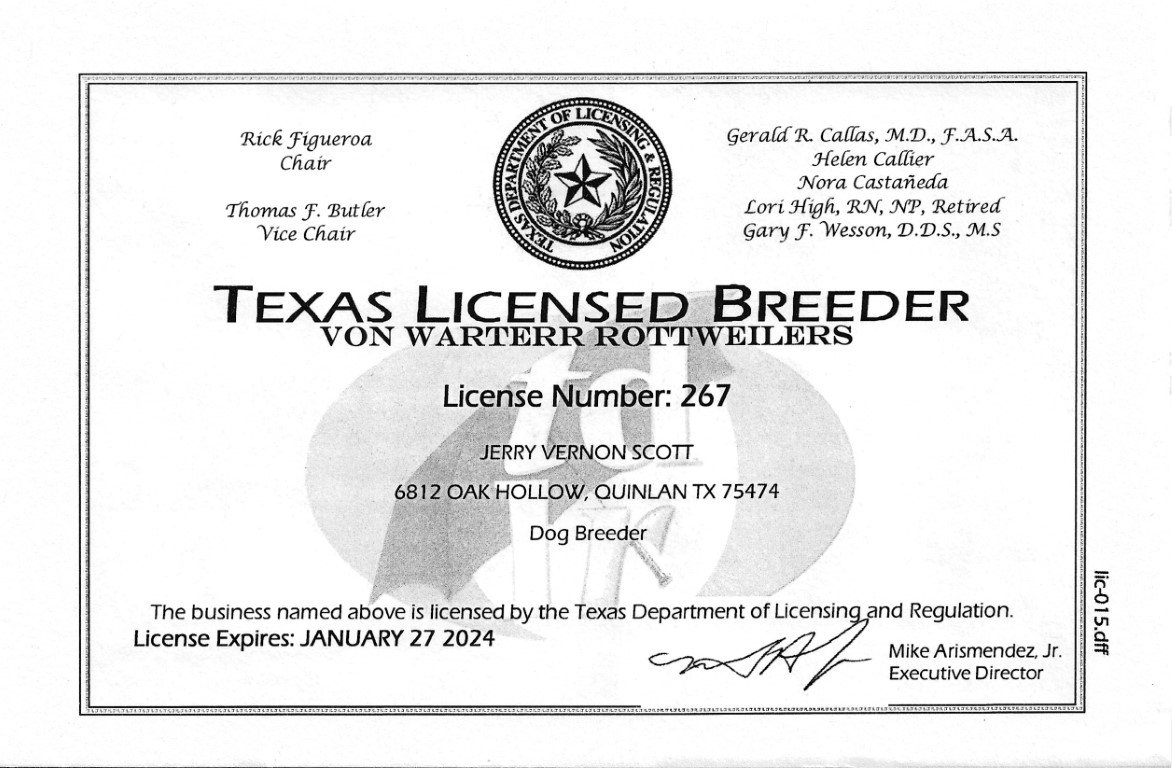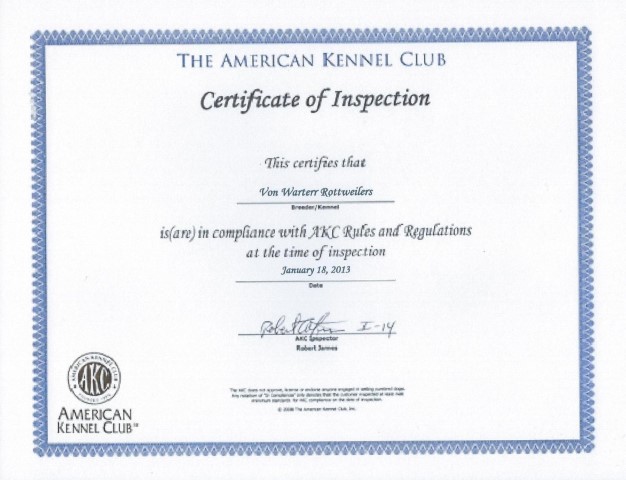Article 3 - Choosing a Litter: What is in the Genes?
Posted on April 13th, 2015
Article 3 - Choosing a Litter - What is in the Genes cont'd
You have chosen your breed. You have chosen your breeder. Now it is time to choose your breeding. You have to decide from which litter you will get your puppy. In order to determine which litter is right for you, first determine what you want in your ideal dog and then research what is in the gene pool that a potential puppy will inherit from its sire and dam.
Many prospective puppy buyers make a mistake of only considering the merits of the stud dog. It is important to remember that both the sire and the dam will contribute equally to their offspring's gene pool. Therefore, you want to carefully consider the dam of a potential litter as much as the sire. In fact, it is perhaps even more important to evaluate a litter's dam because while the pup will inherit fifty percent of its genes from its sire, and fifty percent from its dam, it will be imprinted with learned behavior from spending the first eight to ten weeks of its life with its mother.
When evaluating available litters, you want to spend sufficient time studying the litter's pedigree. A pup's gene pool determines the entire pup. The genes determine not only structure, type, cosmetics, intelligence and health, but also temperament and character. While all pups and dogs are further developed through training, there are certain inherited traits in both appearance and behavior that are genetically programmed into the pup at conception and are unalterable.
It is especially important to study a pedigree thoroughly if there is any future possibility of breeding the puppy you are purchasing. You need to understand that every canine specimen has both a phenotype and a genotype. The phenotype is what you see and experience when you look at and interact with the dog. The genotype is what the dog looks like internally based on its genes. In every dog, there exist multiple dogs: parents, grandparents, great grandparents, etc. It is of primary importance that you learn as much as you can about the strengths and weaknesses of the dogs behind your puppy for at least three generations back in the pedigree. Generally, anything further back than the third generation is probably too diluted in the pool of genes to make a significant contribution unless that particular dog is linebred on.
One factor you should consider when deciding what litter you will purchase your puppy from is what type of breeding was used to produce the litter being considered. Is the litter the product of an "out cross" breeding or is it the result of a carefully selected "line breeding". An out cross breeding can be defined as the mating of two dogs who do not share any common ancestors in their first five generations. Line breeding can be defined as the mating of two dogs who share at least one common ancestor in the first five generations, but preferably in the first three generations. Of course, the common ancestor being line bred upon should be an excellent representative of the breed who is known for passing on his or her desirable traits to the descendants. By line breeding on the selected dog, you are attempting to "fix" certain desired traits in the gene pool. Of course, the inherit risk of line breeding is that you not only "lock in" the strengths of that particular dog but also its weaknesses which is why it must be a superb example of the breed standard. A dog should not be line bred upon just because it is a Champion. While Champion titles verify that a dog is a specimen of merit, it does not necessarily mean the dog is a great producer. It should be line bred upon only if it has consistently produced top quality offspring. This is an indicator that the dog possesses "dominant" genes and is prepotent for passing the desired traits to the next generations.
A good breeder will have at least a working knowledge of genetics. While they may not be a geneticist they should have a basic understanding of Gregor Mendel's findings which show that there is a reliable method of inheritance that can be predicted with some level of accuracy. Mendel discovered through his research studies that "genes" are located in the chromosomes and that the genes determine the characteristics inherited. The genetic make-up determines all of the traits of the animal such as gender, size, structure, eye color, coat, ear set, tail set, etc. The genes not only determine physical characteristics but also temperamental characteristics. This is why you must know what is in the genes when deciding from which litter you will purchase your pup. The genes are present in pairs with one coming from the father and one coming from the mother. There are 39 pairs of chromosomes which account for the 78 total chromosomes found in each canine specimen with half of each pair being received from both the father and mother.
While the parents contribute an equal number of genes to their offspring the genes themselves are not all "equal". Genes that expressed themselves in the offspring are called "dominant" and genes that remain hidden are called "recessive". Another advantage of line breeding is that it reveals what recessive genes are hidden away in a dog so that you can introduce new traits through an out crossed breeding later and improve the bloodline.
Though the study of pedigrees, and the dogs contained therein is an important part of choosing a litter, it is not the only factor involved. The parents should have proven themselves to be correct to the standard through conformation examinations as well as temperament testing. Just because the grandparents were proven show and working dogs does not mean that the sire and dam of the litter also have those same qualities. The purpose of trials and shows is to prove those qualities. While a person may choose to get a puppy from untitled parents, one
compromise that no puppy buyer ought to ever compromise on is in the area of health certifications. One should always demand proof of hip certifications on both the sire and dam of the prospective litter. The minimum health requirement for a pair of breeding dogs is that they have a passing grade in regards to Hip Dysplasia. It is also recommended that they have health clearances for their elbows and hearts.
When you go to evaluate a potential litter be sure to examine the litter's living quarters to make sure it is clean. Check each individual pup's ears, eyes, nostrils, mouth, genitals, umbilical area, coat and feet. Ears should be clear of yeast or any signs of mites. Eyes should be clear and bright. Nostrils and genitals should be clear of any discharge. Look for umbilical hernias. Rub the coat against the grain and look for dry flakes. Observe gums for pale color which could be indication of internal parasites. Check for fleas and ticks. The litter should be clean,
confident and energetic. By 6 weeks of age they should come to you and not cry when handled. Shy and whimpering pups have not been socialized very well and probably should be avoided. The pups should nip at your feet when walking and mouth at your hands when petting. In addition, the breeder should be able to provide you with a record of puppy vaccines and regular wormings.
Another key consideration is the consistency within the litter. This will tell you something about the gene pool they have received. It is also advisable to see older brothers and sisters if possible. One of the surest ways of evaluating a litter is if it comes from a repeat breeding. If the breeding "clicked" the first time then chances are highly favorable that it will work well again.
Finally, it is preferable that the litter be marked with a form of permanent identification. They should be either tattooed or micro chipped and preferably both. It is also highly recommended that you search for litters produced by dogs that have been DNA analyzed and have the sample on record. Then, always collect a DNA sample from your pup to submit and authenticate parentage.


